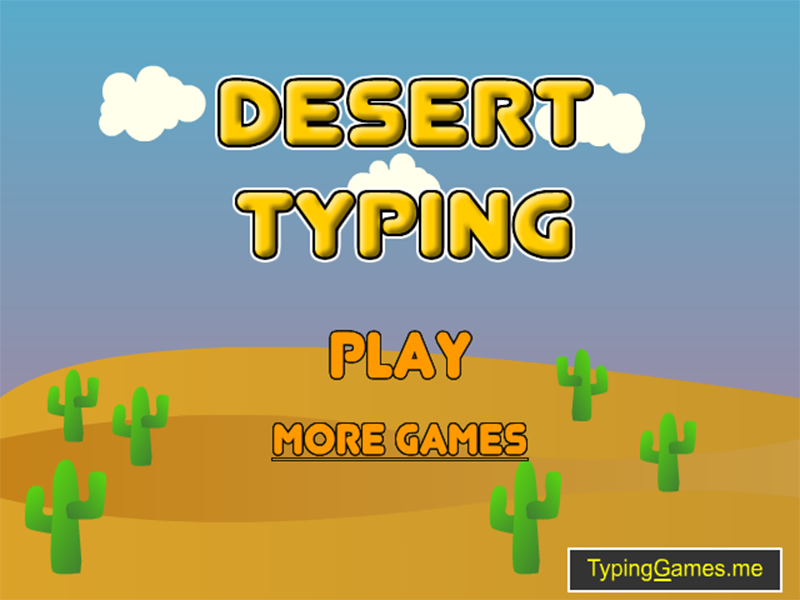

Type:Rider touts itself as a bit of an edutainment game, and it shows. From cuneiform to Gutenberg’s Bible, to Dadaism, there are literal pages of facts that you can collect that are tied loosely into the era at hand. You see, each era is filled to the brim with different pieces of information about different typography concepts. The gameplay loop is a simplistic system that capitalizes on its environments and educational value rather than its narrative. Type:Rider is slightly plodding, with Colon only being able to move at a crawl (though they can increase speed through objects in the environment or through downhill slopes). Your only real moves are jumping and rolling around as Colon separating the dots or otherwise getting injured will cause you to restart from your most recent checkpoint.
#Typerider game plus
Throughout each world, you can find the 26 letters of the alphabet plus a hidden ampersand, which does encourage looking off the beaten path. Each era is divided into small levels where Colon will have to work together in order to survive the dangers and platforms that exist throughout the worlds. From the hieroglyphics of the early age to the classic Gothic era to the futuristic stylings of Pixel fonts, there is a long illustrious history of fonts to explore. It’s still a good deal at $2.99 and might be worth a look.In Type:Rider, you control two dots (which I will hereby refer to collectively as Colon) as they travel through a variety of different worlds that represent different typefonts. Overall, Type:Rider is like playing through a work of art with good music, excellent visuals, and an interesting and unique concept, but not without some flaws. I also feel like the controls are pretty sluggish, which makes it hard to jump fast to escape situations where you are about to fall or are being chased by something. While relaxing to play, the game can also be boring at the same time, at least when played for long periods. However, there was a part where I got a minecart stuck into the track and couldn’t get out of it without restarting or getting killed to start over. Some of the gimmicks in the game, like riding on a minecart track and launching a ball through a small pachinko set up, are a nice change of pace from the usual jumping around to get to the end of the level. The artistry is particularly stunning, as it’s like you’re playing through a piece of art. There are also achievements that you can earn by doing certain things during the levels.Īs I mentioned before, the art style and music in Type:Rider are the best part of this game to me. They’re optional to collect, so you don’t need all of them to progress. Finding the collectables are pretty easy but finding the ‘&’ symbol is especially hard to locate.

Within the worlds are six asterisks to collect, an ‘&’ symbol and each letter of the alphabet in the font style of the world. It’s also a massive tonal shift from the rest of the game and includes the phrase “WTF”, which did not need to be included in an E-rated game. And not in a good way, but in a frustrating-to-beat kinda way. However, the bonus level is extremely difficult. You also have the option to read through history text when you are in front of a historical picture in levels, but I didn’t feel like it was necessary to get the idea about the time period and history of the font.


My favorite worlds are Clarendon, which has a western theme, and Pixel, which has an old computer programming type of theme to it. The art style and music in each world fits the theme of the time periods great. They’re categorized by the time period of when each font you learn about was created. Playing as a sideways colon, you travel through ten worlds with four levels each. The history of fonts and typography isn’t something I can remember ever learning from a video game before, which is what makes Type:Rider stand out from other puzzle-platformer titles I’ve played.


 0 kommentar(er)
0 kommentar(er)
